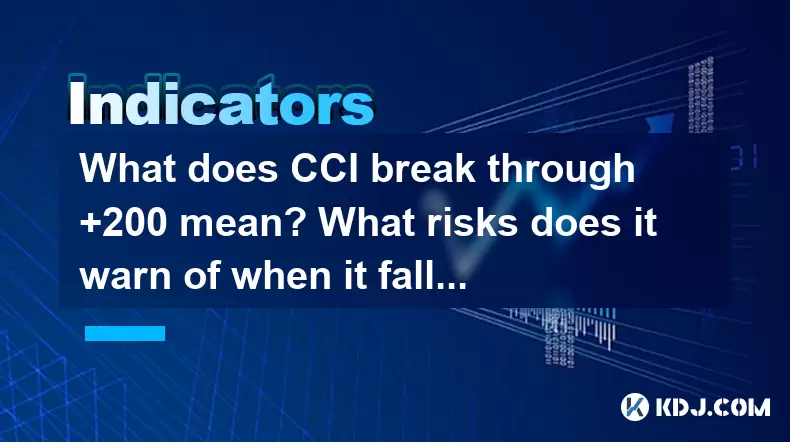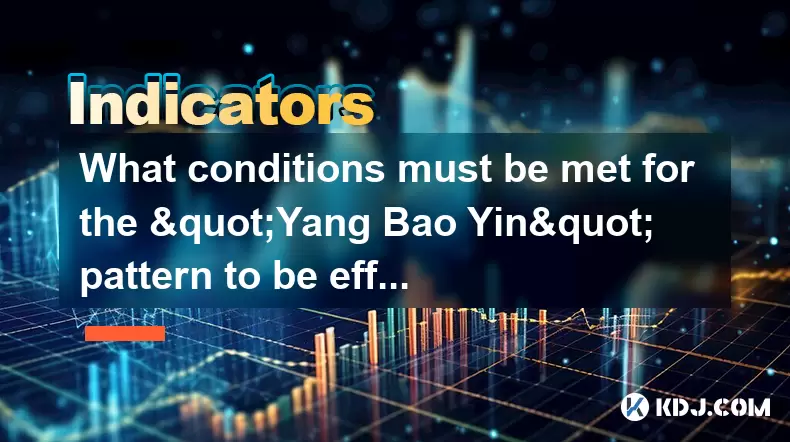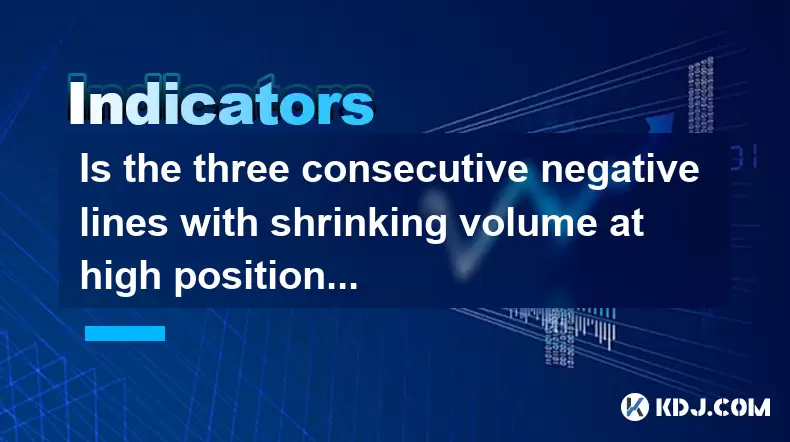-
 Bitcoin
Bitcoin $105,389.9954
1.25% -
 Ethereum
Ethereum $2,554.1045
2.02% -
 Tether USDt
Tether USDt $1.0006
0.01% -
 XRP
XRP $2.1631
2.21% -
 BNB
BNB $651.4909
0.72% -
 Solana
Solana $146.9831
2.13% -
 USDC
USDC $0.9998
0.01% -
 Dogecoin
Dogecoin $0.1783
2.82% -
 TRON
TRON $0.2715
0.12% -
 Cardano
Cardano $0.6373
1.04% -
 Hyperliquid
Hyperliquid $41.9272
8.97% -
 Sui
Sui $3.0368
0.85% -
 Bitcoin Cash
Bitcoin Cash $442.2641
10.39% -
 Chainlink
Chainlink $13.3031
0.89% -
 UNUS SED LEO
UNUS SED LEO $9.0204
1.64% -
 Avalanche
Avalanche $19.3137
2.18% -
 Stellar
Stellar $0.2601
1.39% -
 Toncoin
Toncoin $3.0236
2.54% -
 Shiba Inu
Shiba Inu $0.0...01214
3.91% -
 Hedera
Hedera $0.1591
2.79% -
 Litecoin
Litecoin $86.3865
4.28% -
 Polkadot
Polkadot $3.8186
1.42% -
 Ethena USDe
Ethena USDe $1.0005
0.01% -
 Monero
Monero $310.9934
0.68% -
 Dai
Dai $0.9999
0.02% -
 Bitget Token
Bitget Token $4.5551
1.01% -
 Pepe
Pepe $0.0...01120
5.12% -
 Uniswap
Uniswap $7.4950
6.18% -
 Aave
Aave $286.6126
6.70% -
 Pi
Pi $0.5814
3.91%
What does CCI break through +200 mean? What risks does it warn of when it falls below -200?
The CCI helps crypto traders identify overbought or oversold conditions, signaling potential trend changes when breaking +200 or falling below -200, but it also carries risks like false signals and market volatility.
Jun 10, 2025 at 02:14 am

The Commodity Channel Index (CCI) is a versatile indicator used in the cryptocurrency market to help traders identify overbought or oversold conditions, as well as potential trend changes. When the CCI breaks through +200 or falls below -200, it sends specific signals to traders about the market's condition. This article will delve into what these levels mean and the risks they warn of, providing a comprehensive understanding for crypto traders.
Understanding the CCI Indicator
The CCI is a momentum-based oscillator that measures the deviation of an asset's price from its statistical mean. Developed by Donald Lambert in 1980, the indicator is typically plotted between -200 and +200. The CCI helps traders identify cyclical turns in commodities and other markets, including cryptocurrencies. It is calculated using the following formula:
[ \text{CCI} = \frac{\text{Typical Price} - \text{SMA of Typical Price}}{\text{0.015 \times Mean Deviation}} ]
Where:
- Typical Price = (High + Low + Close) / 3
- SMA = Simple Moving Average
- Mean Deviation = Average of the absolute deviations of the Typical Price from its SMA
CCI Breaking Through +200
When the CCI breaks through the +200 level, it indicates that the asset is entering an overbought condition. This means that the price has risen significantly and may be due for a correction. For cryptocurrency traders, this signal can be used to consider taking profits or preparing for a potential downturn.
An overbought condition does not necessarily mean that a price drop is imminent. However, it does suggest that the buying pressure has reached a peak, and the asset might be overvalued. Traders often use this signal in conjunction with other technical indicators to confirm the likelihood of a reversal.
Risks Associated with CCI Breaking Through +200
When the CCI breaks through +200, several risks emerge for traders:
Potential Price Correction: The most immediate risk is a price correction. If the market sentiment shifts, the price could drop rapidly, leading to potential losses for those who bought at the peak.
False Signals: The CCI, like any other indicator, can produce false signals. A break above +200 might not always lead to a significant price drop, causing traders to exit positions prematurely.
Market Volatility: Cryptocurrency markets are known for their volatility. A break above +200 can exacerbate this volatility, making it harder to predict short-term price movements.
Liquidity Risks: In highly overbought conditions, liquidity might dry up, making it difficult to exit positions without impacting the price significantly.
CCI Falling Below -200
Conversely, when the CCI falls below -200, it indicates that the asset is entering an oversold condition. This suggests that the price has fallen significantly and may be due for a rebound. For crypto traders, this signal can be an opportunity to consider buying or preparing for a potential upturn.
An oversold condition does not guarantee an immediate price increase. However, it does suggest that the selling pressure has reached a peak, and the asset might be undervalued. Traders often use this signal in conjunction with other technical indicators to confirm the likelihood of a reversal.
Risks Associated with CCI Falling Below -200
When the CCI falls below -200, several risks emerge for traders:
Potential Price Rebound: The most immediate risk is a price rebound. If the market sentiment shifts, the price could rise rapidly, leading to potential losses for those who sold at the bottom.
False Signals: The CCI can produce false signals in oversold conditions as well. A drop below -200 might not always lead to a significant price increase, causing traders to enter positions prematurely.
Market Volatility: As with overbought conditions, falling below -200 can increase market volatility, making it harder to predict short-term price movements.
Liquidity Risks: In highly oversold conditions, liquidity might dry up, making it difficult to enter positions without impacting the price significantly.
Using CCI in Crypto Trading Strategies
Traders can incorporate the CCI into various trading strategies to manage risks and capitalize on potential opportunities:
Trend Confirmation: Use the CCI to confirm trends identified by other indicators. For example, if the price is trending upwards and the CCI breaks through +200, it might confirm the strength of the trend.
Divergence Trading: Look for divergences between the CCI and the price action. If the price is making new highs but the CCI is not, it could signal a weakening trend and a potential reversal.
Overbought/Oversold Trading: Use the CCI to identify overbought and oversold conditions. When the CCI breaks through +200, consider taking profits or shorting the asset. When it falls below -200, consider buying or covering short positions.
Combining with Other Indicators: Use the CCI in conjunction with other indicators like the Relative Strength Index (RSI), Moving Averages, or Bollinger Bands to increase the accuracy of your trading signals.
Practical Application of CCI in Crypto Trading
Here's a step-by-step guide on how to use the CCI in your cryptocurrency trading:
Select a Cryptocurrency: Choose the cryptocurrency you want to trade. Ensure that you have access to reliable price data and charting tools.
Set Up the CCI Indicator: Add the CCI indicator to your chart. Most trading platforms allow you to customize the period of the CCI; the default is often set to 20 periods.
Monitor the CCI Levels: Keep an eye on the CCI values. When the CCI breaks through +200, it's a signal to consider taking profits or preparing for a potential downturn. When it falls below -200, it's a signal to consider buying or preparing for a potential upturn.
Confirm with Other Indicators: Use other technical indicators to confirm the signals provided by the CCI. For example, if the CCI breaks through +200 and the RSI is also in overbought territory, it might strengthen the case for a potential price correction.
Execute Your Trade: Based on the signals and your trading strategy, execute your trade. Set appropriate stop-loss and take-profit levels to manage your risk.
Monitor and Adjust: Continuously monitor the market and adjust your positions as needed. The CCI can provide ongoing signals as the market evolves.
Frequently Asked Questions
Q: Can the CCI be used on different timeframes in crypto trading?
A: Yes, the CCI can be used on various timeframes, from short-term intraday charts to longer-term weekly or monthly charts. The choice of timeframe depends on your trading strategy and objectives. Shorter timeframes might provide more frequent signals but can also be more prone to false signals, while longer timeframes might offer more reliable signals but fewer trading opportunities.
Q: Is the CCI more effective for certain cryptocurrencies?
A: The effectiveness of the CCI can vary depending on the liquidity and volatility of the cryptocurrency. Generally, the CCI works well for major cryptocurrencies like Bitcoin and Ethereum due to their high liquidity and trading volume. For less liquid cryptocurrencies, the CCI might produce more false signals due to erratic price movements.
Q: How can I combine the CCI with other technical indicators to improve my trading strategy?
A: Combining the CCI with other indicators can enhance your trading strategy. For example, you can use the Moving Average Convergence Divergence (MACD) to confirm trend changes signaled by the CCI. If the CCI breaks through +200 and the MACD shows a bearish crossover, it might strengthen the case for a potential price correction. Similarly, if the CCI falls below -200 and the MACD shows a bullish crossover, it could reinforce the likelihood of a price rebound.
Q: What are some common mistakes to avoid when using the CCI in crypto trading?
A: Some common mistakes include relying solely on the CCI without confirming signals with other indicators, overtrading based on every CCI signal, and not adjusting the CCI period to suit the specific cryptocurrency and timeframe being traded. It's also important to consider the broader market context and not to ignore fundamental factors that might influence price movements.
Disclaimer:info@kdj.com
The information provided is not trading advice. kdj.com does not assume any responsibility for any investments made based on the information provided in this article. Cryptocurrencies are highly volatile and it is highly recommended that you invest with caution after thorough research!
If you believe that the content used on this website infringes your copyright, please contact us immediately (info@kdj.com) and we will delete it promptly.
- Fartcoin and SPX6900 Are Two of the Most Dominant Solana Meme Coins Right Now
- 2025-06-14 12:30:12
- XRP Price Action Holds Near Resistance Ahead of June 16
- 2025-06-14 12:30:12
- MicroStrategy Prepared to Take on Competition from Top Firms Like JP Morgan, Saylor Insists
- 2025-06-14 12:25:12
- If You Had $1 Million in Cash, How Would You Manage It?
- 2025-06-14 12:25:12
- "XRP (Ripple) and Ripple's stablecoin RLUSD will boost each other's demand."
- 2025-06-14 12:20:12
- Ukraine's parliament has introduced a draft bill to allow Bitcoin and other digital assets into the National Bank of Ukraine's gold and foreign currency reserves
- 2025-06-14 12:20:12
Related knowledge

How to calculate the probability of trend continuation after the MACD column divergence?
Jun 14,2025 at 08:01am
Understanding MACD Column DivergenceThe Moving Average Convergence Divergence (MACD) is a widely used technical indicator in cryptocurrency trading. The MACD column, also known as the histogram, represents the difference between the MACD line and the signal line. When price makes a new high or low but the MACD histogram does not confirm this movement, a...

What are the volume requirements for adjusting the K line in the "rising three methods" pattern?
Jun 14,2025 at 07:50am
Understanding the 'Rising Three Methods' Pattern in Cryptocurrency TradingThe 'rising three methods' pattern is a bullish continuation candlestick formation that traders often use to identify potential upward momentum in cryptocurrency price charts. This pattern typically appears during an uptrend and suggests that the trend is likely to continue after ...

What conditions must be met for the "Yang Bao Yin" pattern to be effective?
Jun 14,2025 at 06:42am
Understanding the 'Yang Bao Yin' Pattern in Cryptocurrency TradingThe Yang Bao Yin pattern is a candlestick formation commonly observed in technical analysis within the cryptocurrency market. This pattern typically signals a potential bullish reversal after a downtrend. However, for this pattern to be effective and reliable, certain conditions must be m...

Is the three consecutive negative lines with shrinking volume at high positions a signal that the main force has finished shipping?
Jun 14,2025 at 09:56am
Understanding the Concept of Three Consecutive Negative LinesIn cryptocurrency trading, three consecutive negative lines refer to a situation where an asset's price chart shows three successive candlesticks with closing prices lower than their opening prices. This pattern typically indicates bearish sentiment in the market. When this occurs at high posi...

Is it an opportunity for the long positive line with large volume to break through the platform and then shrink back?
Jun 14,2025 at 04:42am
Understanding the Long Positive Line with Large VolumeIn technical analysis, a long positive line refers to a candlestick pattern where the closing price is significantly higher than the opening price, often indicating strong buying pressure. When this occurs alongside large volume, it suggests that market participants are actively involved in pushing t...

How to grasp the 60-minute KD oversold + 15-minute bottom divergence?
Jun 14,2025 at 06:15am
Understanding the 60-Minute KD Oversold SignalThe KD indicator, also known as the Stochastic Oscillator, is a momentum oscillator that compares a particular closing price of a cryptocurrency to its price range over a given time period. When analyzing 60-minute charts, traders often look for oversold conditions in the KD line, which typically occur when ...

How to calculate the probability of trend continuation after the MACD column divergence?
Jun 14,2025 at 08:01am
Understanding MACD Column DivergenceThe Moving Average Convergence Divergence (MACD) is a widely used technical indicator in cryptocurrency trading. The MACD column, also known as the histogram, represents the difference between the MACD line and the signal line. When price makes a new high or low but the MACD histogram does not confirm this movement, a...

What are the volume requirements for adjusting the K line in the "rising three methods" pattern?
Jun 14,2025 at 07:50am
Understanding the 'Rising Three Methods' Pattern in Cryptocurrency TradingThe 'rising three methods' pattern is a bullish continuation candlestick formation that traders often use to identify potential upward momentum in cryptocurrency price charts. This pattern typically appears during an uptrend and suggests that the trend is likely to continue after ...

What conditions must be met for the "Yang Bao Yin" pattern to be effective?
Jun 14,2025 at 06:42am
Understanding the 'Yang Bao Yin' Pattern in Cryptocurrency TradingThe Yang Bao Yin pattern is a candlestick formation commonly observed in technical analysis within the cryptocurrency market. This pattern typically signals a potential bullish reversal after a downtrend. However, for this pattern to be effective and reliable, certain conditions must be m...

Is the three consecutive negative lines with shrinking volume at high positions a signal that the main force has finished shipping?
Jun 14,2025 at 09:56am
Understanding the Concept of Three Consecutive Negative LinesIn cryptocurrency trading, three consecutive negative lines refer to a situation where an asset's price chart shows three successive candlesticks with closing prices lower than their opening prices. This pattern typically indicates bearish sentiment in the market. When this occurs at high posi...

Is it an opportunity for the long positive line with large volume to break through the platform and then shrink back?
Jun 14,2025 at 04:42am
Understanding the Long Positive Line with Large VolumeIn technical analysis, a long positive line refers to a candlestick pattern where the closing price is significantly higher than the opening price, often indicating strong buying pressure. When this occurs alongside large volume, it suggests that market participants are actively involved in pushing t...

How to grasp the 60-minute KD oversold + 15-minute bottom divergence?
Jun 14,2025 at 06:15am
Understanding the 60-Minute KD Oversold SignalThe KD indicator, also known as the Stochastic Oscillator, is a momentum oscillator that compares a particular closing price of a cryptocurrency to its price range over a given time period. When analyzing 60-minute charts, traders often look for oversold conditions in the KD line, which typically occur when ...
See all articles

























































































